Descend into Ontario’s hidden realm of underground caves, where ancient limestone formations and crystal-clear underground streams tell stories spanning millions of years. Deep beneath the surface, a network of unexplored passages beckons adventure seekers to discover nature’s most mysterious sculptures, carved patiently by water and time.
Imagine standing in complete darkness, where your headlamp beam reveals glittering mineral deposits and otherworldly formations that few humans have ever witnessed. Cave exploring isn’t just an adventure – it’s a journey through Earth’s geological timeline, offering glimpses into prehistoric landscapes and natural phenomena that remain perfectly preserved underground.
From the winding passages of Warsaw Caves to the stunning chambers of Tyendinaga Cavern, Ontario’s underground maze system presents opportunities for both novice explorers and seasoned cavers. Each expedition beneath the surface promises not just thrills, but also a deeper understanding of our planet’s hidden architecture.
Whether you’re seeking the adrenaline rush of squeezing through tight passages or the peaceful contemplation of underground lakes, cave exploring offers an experience that combines physical challenge with natural wonder. Before you embark on your subterranean journey, proper preparation and knowledge are essential – this guide will show you exactly how to start your underground adventure safely and responsibly.
Ontario’s Most Spectacular Cave Systems
Warsaw Caves Conservation Area
Nestled in the heart of the Kawarthas, the Warsaw Caves Conservation Area offers an exciting underground adventure just 15 minutes from Peterborough. This natural wonder features seven accessible caves formed by ancient glacial streams, making it perfect for both novice explorers and experienced cavers.
The cave system stretches through limestone bedrock, creating a fascinating network of passages and chambers. Each cave has its own unique character, from tight squeezes to more spacious caverns that you can comfortably stand in. The most popular cave, known as “The Main Cave,” features interesting geological formations and is relatively easy to navigate for beginners.
Pro tip: Visit during spring or fall when temperatures are moderate. The caves maintain a constant temperature of about 10°C (50°F) year-round, so pack accordingly. Don’t forget to bring a reliable headlamp and backup flashlight – the caves are completely dark inside!
Beyond cave exploring, the conservation area offers well-marked hiking trails, scenic limestone cliffs, and unique geological features like kettles and natural bridges. You can spot the “disappearing stream” where water mysteriously vanishes underground, only to resurface elsewhere in the park.
For safety, always explore with a buddy and let someone know your plans. The park staff are incredibly knowledgeable and can provide valuable guidance for first-time visitors. Consider joining a guided tour if you’re new to caving – it’s the best way to learn about the caves’ fascinating history and geology while staying safe.
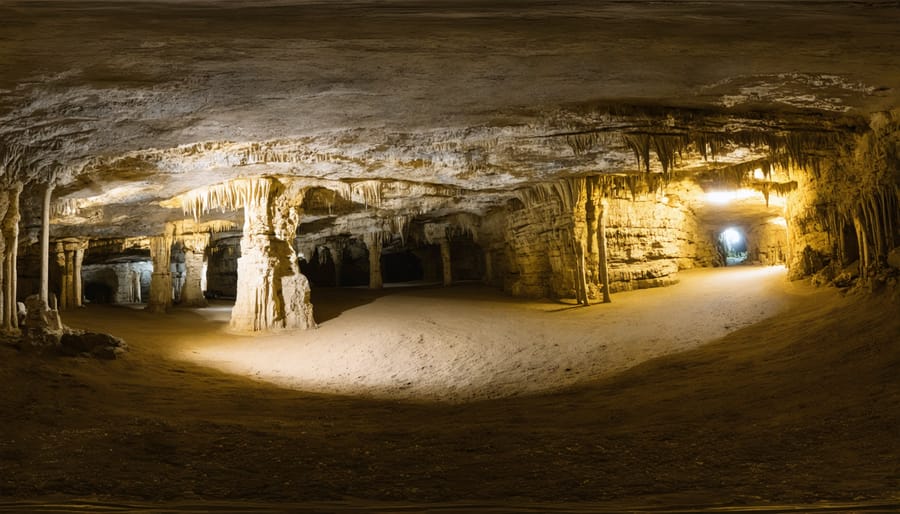
Bruce Peninsula’s Hidden Treasures
The Bruce Peninsula harbors some of Ontario’s most captivating underground wonders, with the iconic Grotto leading the way as a must-visit destination. This natural sea cave, carved by the relentless waves of Georgian Bay over thousands of years, attracts both casual explorers and rock climbing enthusiasts alike.
Beyond the Grotto, the peninsula’s limestone foundation houses numerous lesser-known caves waiting to be discovered. The Greig’s Caves system, featuring nine interconnected caves, offers a fascinating glimpse into the region’s geological history. These caves maintain a constant cool temperature year-round, making them perfect for summer exploration when the peninsula’s trails get crowded.
For those seeking a more secluded experience, the Bruce’s hidden cave networks near Tobermory offer exciting opportunities for discovery. Remember to bring a reliable headlamp and wear sturdy footwear with good grip – the limestone can be slippery when wet. The best time to explore these caves is during spring or fall when water levels are manageable and ice formations haven’t yet developed.
Pro tip: Always check in with the park office before heading out, as some caves may be temporarily closed to protect hibernating bats or for safety reasons during wet seasons. Consider joining a guided tour for your first visit to learn about the caves’ unique ecosystems while ensuring a safe adventure.
Essential Safety and Preparation
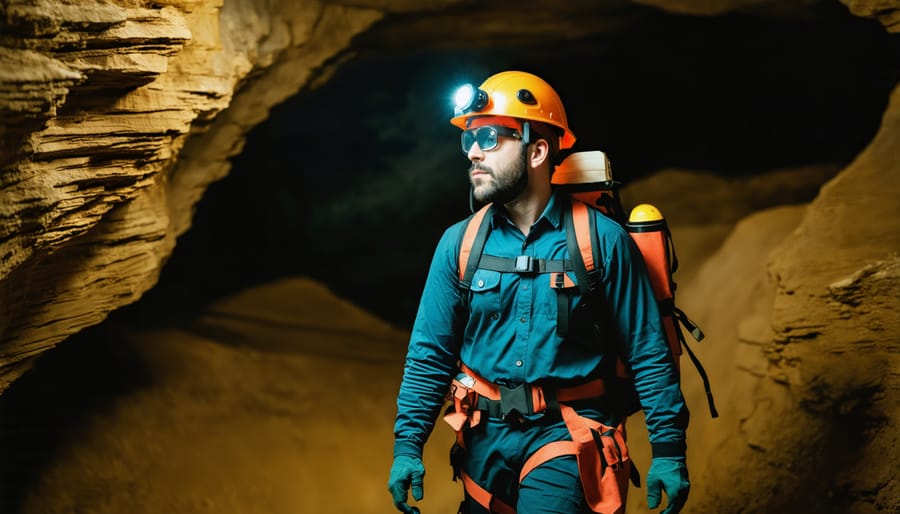
Must-Have Equipment
Before heading underground, you’ll need to gather the right essential safety equipment to ensure a safe and enjoyable cave exploration experience. Here’s your must-have gear checklist:
First up is lighting – always pack three independent light sources. Your primary headlamp should be helmet-mounted and waterproof, with fresh batteries. Bring a backup headlamp and a compact flashlight as secondary sources. Trust me, you don’t want to be caught in the dark underground!
Speaking of helmets, a sturdy caving helmet is non-negotiable. Look for one with a chin strap and proper certification for impact protection. I learned this lesson the hard way after bumping my head on a low ceiling during my first cave adventure!
Wear durable, water-resistant clothing that you don’t mind getting muddy. Layer up with synthetic materials (avoid cotton), and bring a change of clothes for after. Sturdy boots with good ankle support and non-slip soles are crucial for navigating slippery surfaces.
Don’t forget these essentials:
– A small first aid kit with waterproof packaging
– Emergency whistle
– Small backpack for supplies
– Water in durable bottles
– High-energy snacks
– Basic repair kit (duct tape, multi-tool)
– Cave map in a waterproof case
– Emergency space blanket
Pro tip: Pack everything in waterproof bags or containers. Caves can be surprisingly wet, and keeping your gear dry is essential for both comfort and safety. Remember to bring only what you need – caves are tight spaces, and less is often more when it comes to equipment.
Safety Guidelines and Best Practices
Before heading underground, let’s talk about keeping you safe and sound during your cave adventure! The golden rule of cave exploring is never to go alone – always bring at least two other people with you. One of my favorite sayings in the caving community is “three is the magic number” – it means if someone gets hurt, one person can stay while another goes for help.
Make sure you’re properly equipped with a reliable helmet (those cave ceilings can be sneaky!), at least three sources of light (I learned this the hard way when my headlamp died mid-exploration), and wear sturdy boots with good grip. Pack extra batteries, some basic first aid supplies, and plenty of water – caves can be surprisingly dehydrating environments.
Before your trip, always check the weather forecast. Caves can flood quickly during heavy rains, so avoid exploring during wet weather. Tell someone reliable about your plans, including your expected return time and which cave you’re visiting. This person will be your surface contact – they’ll know when to alert authorities if you don’t check in.
Stay on marked paths and respect cave formations – they’ve taken thousands of years to form! If you’re new to caving, consider joining a guided tour or local caving group first. These experienced cavers can show you the ropes (sometimes literally!) and share invaluable local knowledge.
Remember to practice “leave no trace” principles – take only pictures, leave only footprints. And here’s an insider tip: bring a small garbage bag to pack out any trash you might find. It’s our responsibility to keep these underground wonders pristine for future explorers to enjoy.
When to Go and What to Expect
Best Seasons for Cave Exploring
Ontario’s caves offer unique experiences throughout the year, but certain seasons provide optimal conditions for exploration. Spring and fall are generally considered the best times for cave adventures, with moderate temperatures and manageable water levels making exploration more comfortable and safer.
During spring (April to June), the melting snow creates spectacular underground waterfalls and streams, though be prepared for slightly higher water levels. Fall (September to November) brings stable temperatures and drier conditions, perfect for beginners getting their first taste of underground adventure.
Summer can be an excellent time for cave exploring, as the underground environment maintains a constant cool temperature (usually around 10°C/50°F) – a refreshing escape from the summer heat! However, popular caves can get crowded during peak tourist season, so consider visiting during weekdays.
Don’t dismiss winter either – many caves offer exciting winter exploration opportunities, featuring stunning ice formations and a uniquely serene atmosphere. Just remember that winter access may require additional equipment and experience.
Pro tip: Check local weather forecasts before your visit, especially rainfall predictions for the previous few days. Heavy rains can increase water levels and make some passages temporarily inaccessible. The best time to visit is typically 2-3 days after any significant rainfall, allowing water levels to stabilize while maintaining the cave’s natural humidity.
What You’ll See Underground
As you venture into Ontario’s underground wonderland, you’ll discover a mesmerizing world of geological treasures. Stalactites dangle like natural chandeliers from cave ceilings, while their groundward counterparts, stalagmites, reach upward from the cave floor. In some places, these formations meet to create impressive columns that seem to hold up the cave’s ceiling.
Keep your eyes peeled for flowstone, which looks like frozen waterfalls cascading down cave walls. These smooth, rippled formations come in various colors, from pure white to rich amber, depending on the minerals present. You might also spot delicate cave curtains, thin sheets of limestone that ripple like fabric frozen in time.
One of the most exciting features you’ll encounter are cave pools, their crystal-clear waters reflecting like mirrors in your headlamp’s beam. In some caves, you’ll find unique formations called cave pearls – small, round formations created by mineral deposits building up around a tiny grain of sand or rock.
Don’t forget to look for cave bacon (yes, that’s really what it’s called!), thin, wavy sheets of limestone that resemble strips of bacon when light shines through them. You might also discover helictites, gravity-defying formations that grow in seemingly impossible directions.
Remember to bring a good flashlight and take your time examining these features – they’ve taken thousands of years to form and deserve our respect and protection.
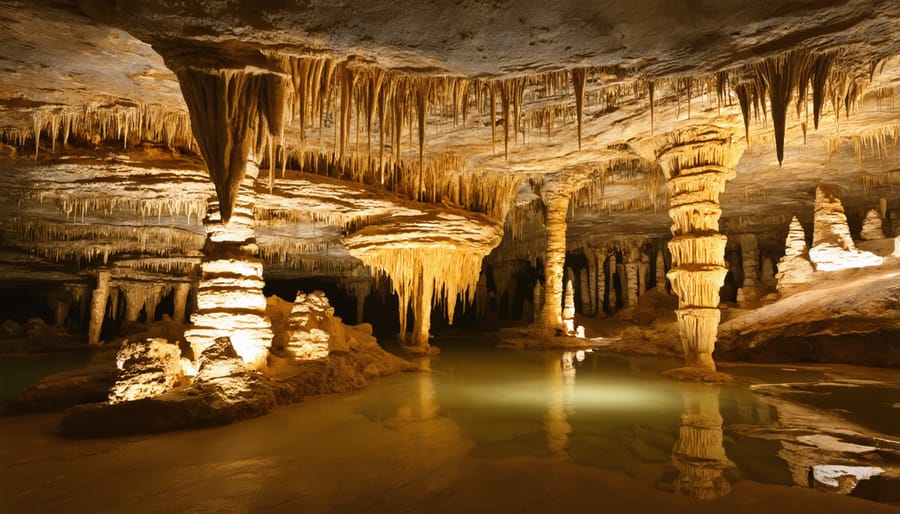
Guided Tours vs. Independent Exploration
When it comes to exploring Ontario’s fascinating underground world, you’ve got two exciting paths to choose from: guided tours and independent exploration. Each offers a unique way to experience these natural wonders, much like other adventure sports in Ontario.
Guided tours are perfect for first-time cave explorers and families. Local experts lead these adventures, sharing fascinating geological facts and historical stories while ensuring everyone’s safety. Most popular caves like Warsaw Caves and Bruce Caves offer structured tours where everything’s taken care of – from equipment to emergency protocols. Plus, you’ll get insider knowledge about hidden formations and the best photo spots that you might miss on your own.
For the more adventurous souls, independent exploration offers an extraordinary sense of discovery. However, it’s crucial to note that this option is only available in certain caves and requires proper preparation. You’ll need to register with local conservation authorities, bring your own gear, and always explore with at least one buddy. The reward? The freedom to set your own pace and potentially discover lesser-known passages and chambers.
Pro tip: Even experienced cavers should consider taking a guided tour first before attempting independent exploration. It’s a great way to learn the lay of the land and pick up local knowledge about seasonal conditions and safety protocols.
Remember that some caves are strictly guided-tours-only to protect sensitive ecosystems and ensure visitor safety. Others might require special permits for independent exploration. Always check with local authorities before planning your trip.
Whether you choose a guided tour or independent exploration, remember to follow the “leave no trace” principles. Our underground ecosystems are delicate and need our protection to remain pristine for future generations of cave enthusiasts.
Underground cave exploring offers a unique window into Ontario’s fascinating geological history and natural wonders. As we’ve explored throughout this guide, the thrill of discovering hidden chambers, unique rock formations, and ancient cave systems can be an unforgettable experience. However, it’s crucial to remember that these delicate ecosystems have taken millions of years to form and deserve our utmost respect and protection.
Before embarking on your cave adventure, always remember the essential principles we’ve discussed: proper preparation, safety equipment, experienced guidance, and adherence to local regulations. Join a reputable caving group, take necessary training courses, and never explore alone. The caving community’s motto of “take nothing but pictures, leave nothing but footprints” should guide every underground expedition.
As stewards of these natural treasures, we have a responsibility to preserve them for future generations. This means following established paths, avoiding touching delicate formations, and properly disposing of any waste. Consider supporting local cave conservation efforts and educating others about responsible caving practices.
Whether you’re a first-time explorer or an experienced caver, Ontario’s underground world awaits with endless possibilities for discovery and adventure. By approaching cave exploration with respect, knowledge, and proper preparation, you’ll not only ensure your safety but also help protect these remarkable natural wonders for years to come. Happy caving, and remember to tread lightly in these ancient underground sanctuaries!


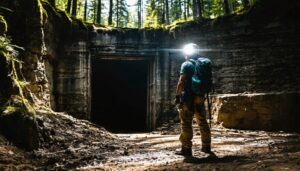




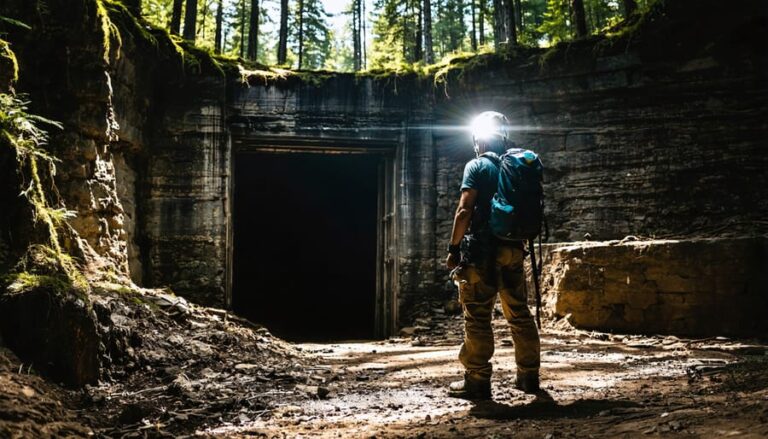





+ There are no comments
Add yours